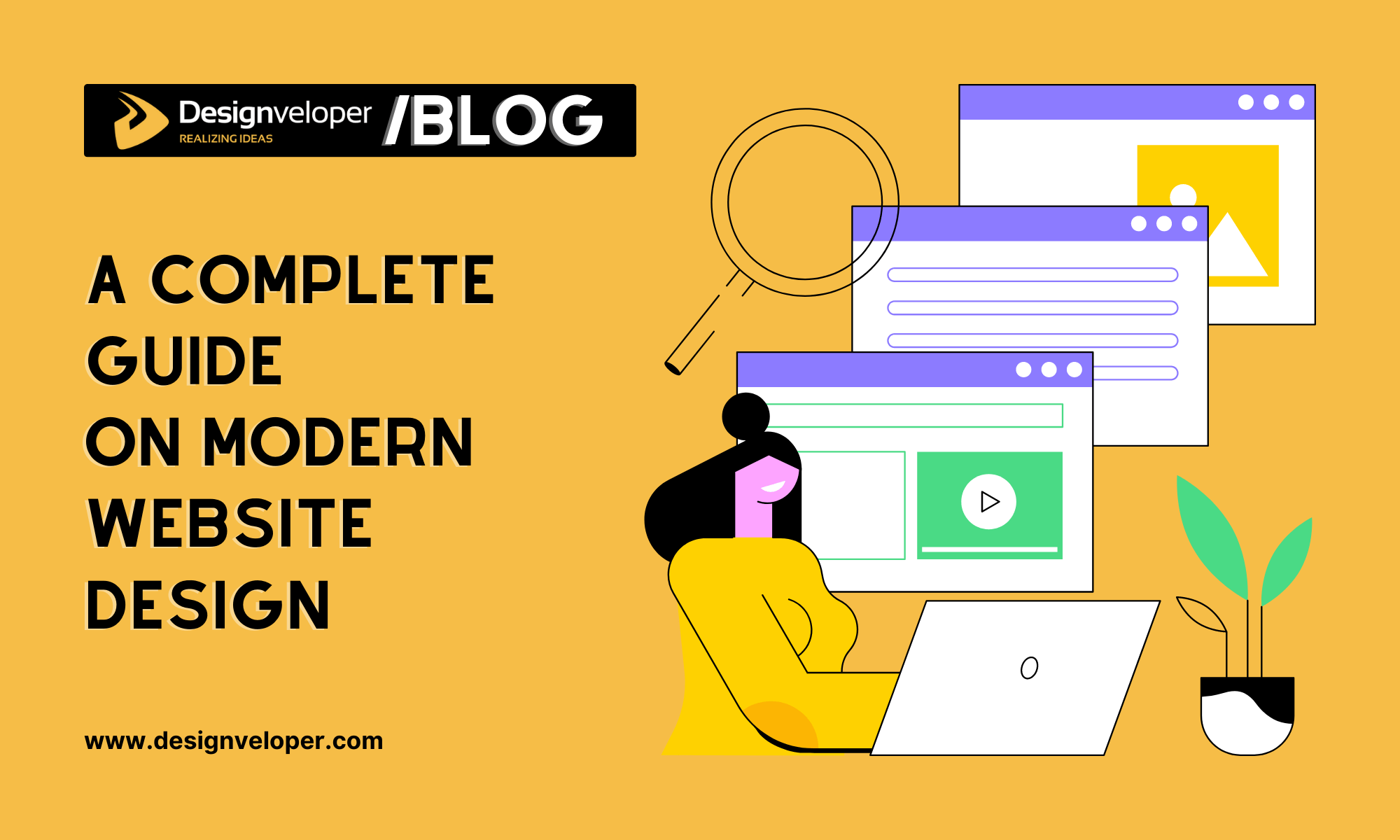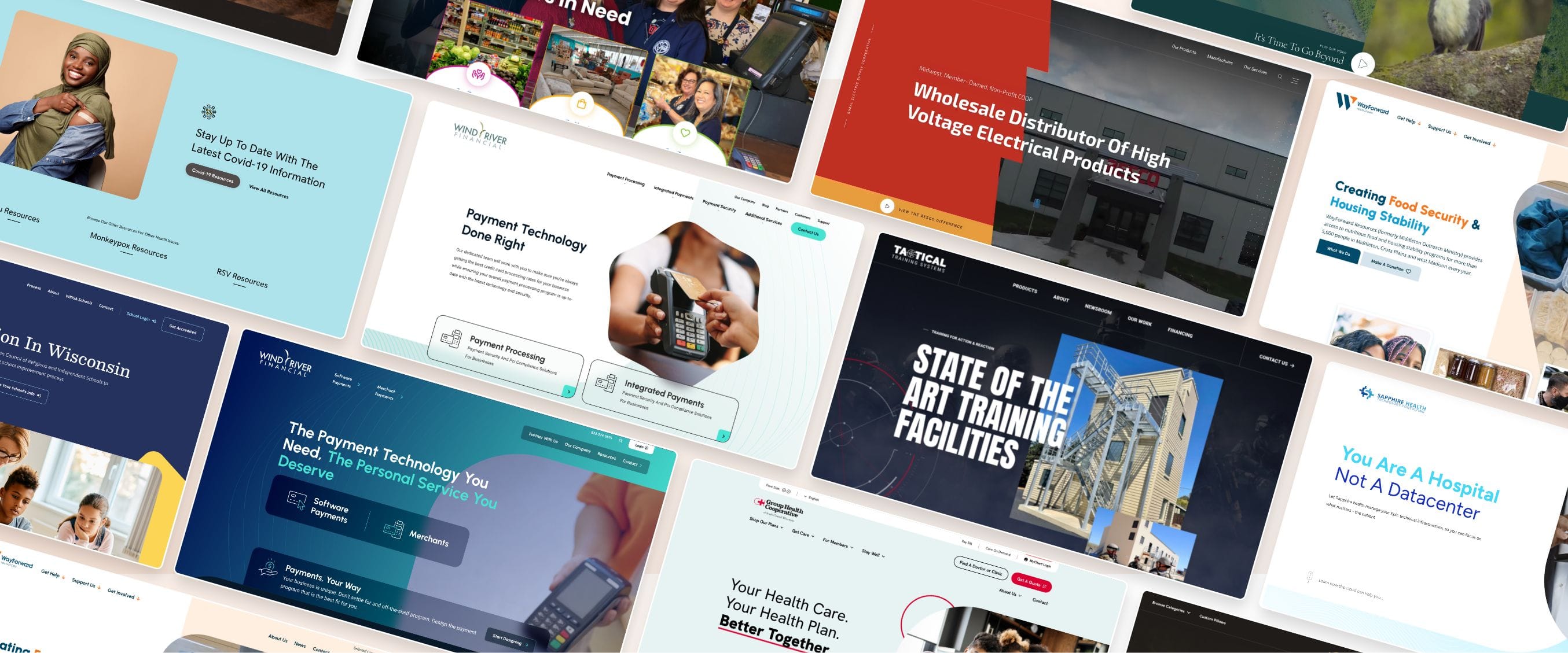Leading Tips for Creating an Impactful Web Site Layout That Transforms
To achieve this, one have to take into consideration a range of elements, including recognizing the target audience, prioritizing customer experience, and maximizing for mobile platforms. The strategic usage of compelling call-to-actions and a well-defined aesthetic pecking order plays a critical duty in assisting individuals through their trip.

Understand Your Target Audience
Recognizing your target audience is essential to effective internet site style, as it lays the groundwork for creating an appealing individual experience. Determining who your customers are, including their demographics, choices, and actions, allows developers to tailor the internet site's material, design, and functionality to fulfill particular demands.
Carrying out extensive market research is critical in this process. Studies, meetings, and analytics can offer valuable insights right into user assumptions and pain points. By assembling this data, designers can develop user identities that represent different sectors of the audience, making certain that design choices are notified and pertinent.
Additionally, understanding the target market helps in choosing appropriate style components such as color pattern, typography, and images that resonate with individuals. An internet site that speaks directly to its target market cultivates a feeling of link and trust, motivating longer visits and higher conversion rates.
Inevitably, a user-centered approach to site style not only enhances individual complete satisfaction however likewise sustains organization objectives by driving engagement and loyalty. By focusing on the needs and preferences of the target audience, a web site can properly offer its objective and achieve desired outcomes.
Prioritize Customer Experience
To enhance the general efficiency of a web site, prioritizing individual experience (UX) is essential (Website Design). A properly designed UX guarantees that site visitors can navigate the site easily, locate info quickly, and engage with material meaningfully. This leads to raised user fulfillment and greater conversion prices
Begin by carrying out user-friendly navigation. Menus ought to be rationally structured, enabling individuals to locate key areas of the website with marginal effort. Consistency in style aspects, such as color pattern and typefaces, cultivates experience, which is important for preserving user engagement.
Furthermore, consider the filling rate of your site. A hold-up of just a couple of seconds can lead to substantial drop-offs, as users are much less likely to wait for a slow-loading web page. Improving photos and enhancing code can enhance efficiency and maintain site visitors.
By focusing on individual experience, you not just produce a much more pleasurable environment for site visitors yet additionally strengthen your brand's integrity. Inevitably, a focus on UX is an investment in the long-term success of your site.
Enhance for Mobile Instruments
Maximizing for mobile phones is essential in today's digital landscape, where a boosting variety of individuals accessibility internet sites via smartphones and tablets. A mobile-friendly layout not just boosts individual experience however likewise plays a substantial duty in enhancing search engine positions. To accomplish this, it is vital to embrace a receptive style that immediately gets used to various screen dimensions and positionings.

Packing speed is another critical element; mobile individuals are commonly much less patient and anticipate rapid access to information. Optimize photos and utilize web browser caching to improve efficiency. Test your web site on multiple tools and screen resolutions to identify and correct any type of prospective functionality problems. By prioritizing mobile optimization, you guarantee that your website continues to be competitive and successfully engages a wider target market.
Use Compelling Call-to-Actions
A web site's performance frequently depends upon its capacity to assist site visitors toward preferred activities, making engaging call-to-actions (CTAs) resource necessary parts of layout. CTAs serve as the essential factors that guide users to involve with the website, whether that implies purchasing, enrolling in a newsletter, or downloading a resource.
To produce effective CTAs, quality is paramount. Usage succinct language that plainly connects the action you want the customer to take. Phrases such as "Obtain Begun," "Register Free," or "Store Now" not just convey seriousness yet additionally remove ambiguity. The positioning of CTAs is similarly crucial; they should be strategically placed throughout the webpage to guarantee they are quickly noticeable, especially in high-traffic locations.
Furthermore, the style of CTAs ought to stick out without being noticeable. Employ contrasting colors and web link clear fonts to guarantee they catch interest. Additionally, consider making use of directional signs, such as arrows or photos, to guide users toward these buttons. By focusing on these elements, businesses can considerably improve individual engagement, driving conversions and inevitably accomplishing their site's goals.
Concentrate On Visual Hierarchy
Efficient website style relies greatly on a well-structured visual pecking order that overviews users via material flawlessly. By organizing components in a manner that focuses on details, designers can boost user experience and assist in decision-making. This involves using dimension, shade, contrast, and spacing purposefully to accentuate one of the most important components of a page.
The use of bigger fonts for headings and subheadings establishes a clear difference in between different areas, allowing individuals to check material effortlessly. Furthermore, using contrasting colors for buttons and calls-to-action can record user attention and motivate Get the facts communication. Whitespace is another important component; it stops mess and enables users to concentrate on crucial messages without distractions.
Images and graphics ought to match the message while additionally sticking to the well established pecking order, enhancing the overall message (Website Design). Consistency in style aspects, such as color design and typography, additional enhances the visual hierarchy, making navigation intuitive

Conclusion
In conclusion, effective internet site style necessitates a thorough understanding of the target audience, prioritization of individual experience, and mobile optimization. Ultimately, a well-executed web site design serves as a critical part in driving user activities and achieving organization goals.